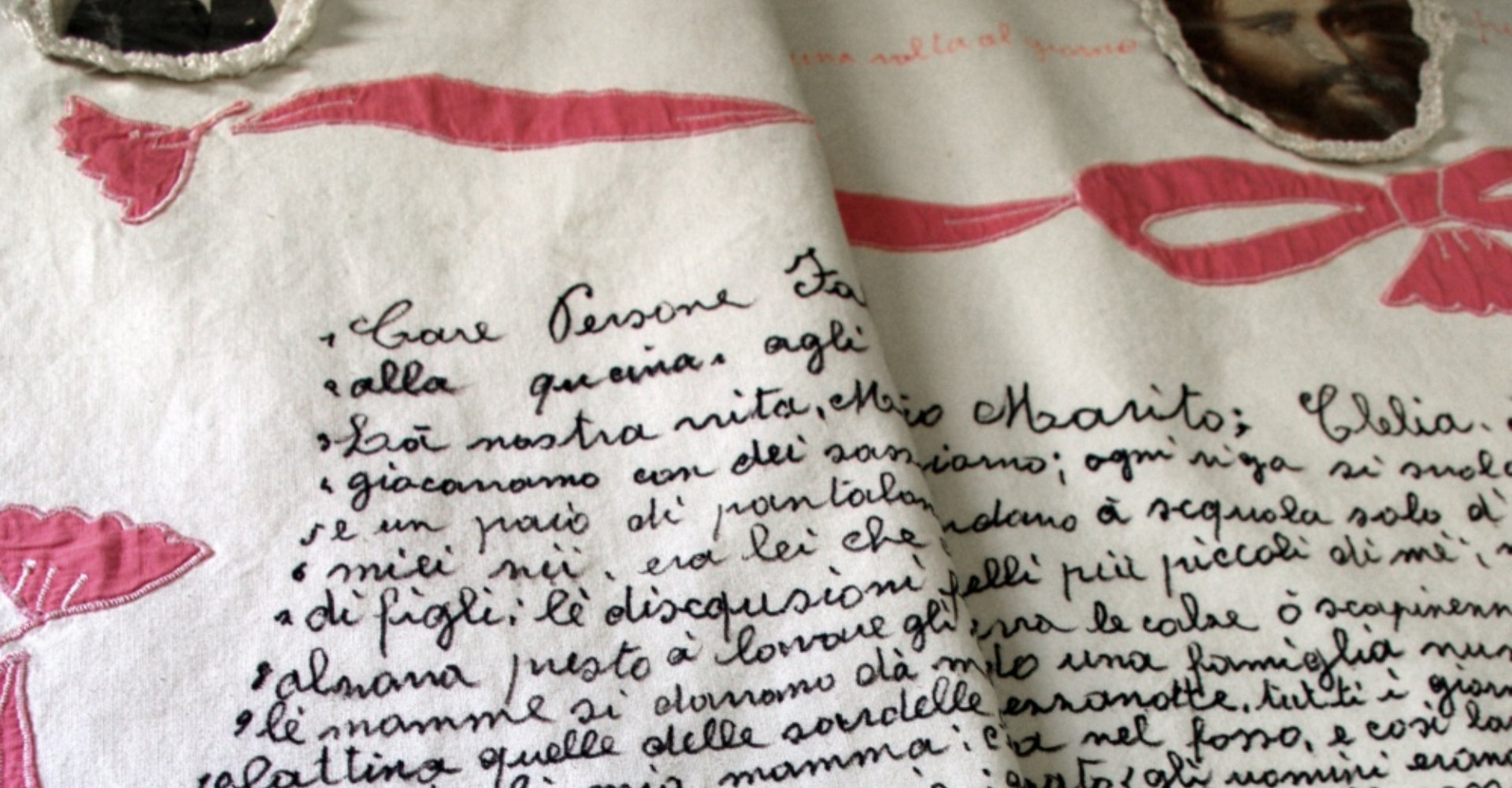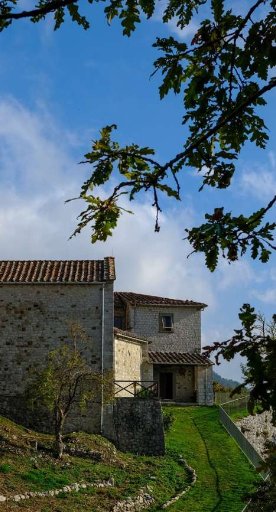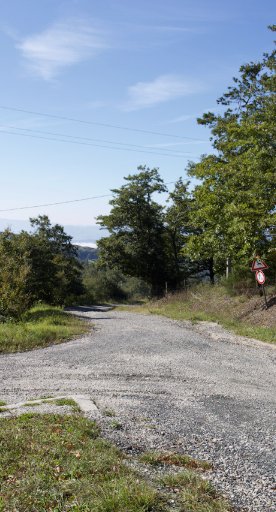Little Museum of Diaries
Reading autobiographical memoirs in the Diary Archive
The Little Museum of Diaries was opened to add value to the immense legacy of the Diary Archive of Pieve Santo Stefano, the town in Valtiberina that has gathered the memories of common people since 1984: it currently houses more than 8,000 memoirs.
One of the main stories is the Clelia Marchi's one. She was a peasant from Mantua who, after a lifetime of labor and eight children, decided that the time had come to leave a written account of her life. Having nothing else to hand, she took a sheet and penned her autobiography on it. More than two meters wide, Clelia’s sheet is the prize exhibit in the Little Museum of Diaries in Palazzo Pretorio.
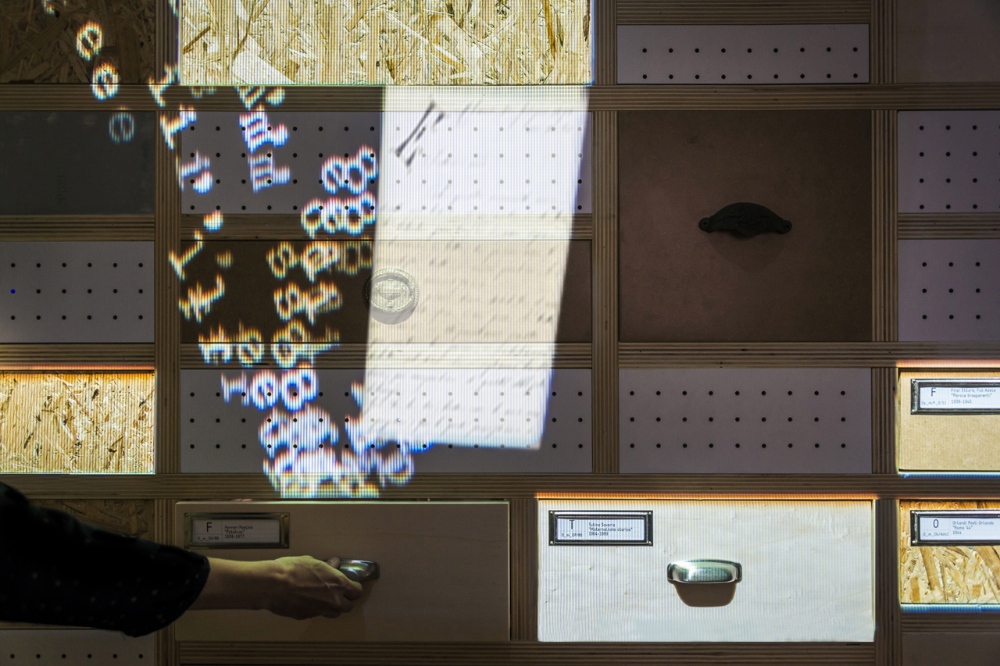
The museum consists of four rooms: the first holds an art installation that allows visitors to open cupboards and drawers and to listen, see and experience some of the most interesting accounts firsthand chosen from the diaries and letters housed in the Archive. In the second room there's the "Dear Saverio" corner, a space dedicated to Saverio Tutino, the founder of the Archive.
You can listen to excerpts from the diaries, watch the manuscripts come to life on digital screens and admire handwritten documents. Background murmuring of the protagonists’ words accompanies the installation; that “rustling of others” that Saverio Tutino heard come off the shelves which became increasingly full with diaries with the passing of time.
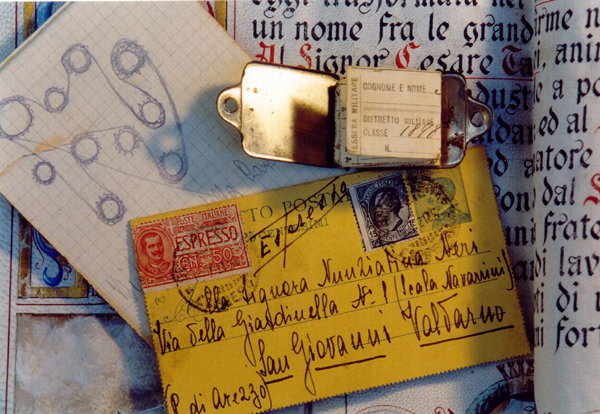
The third room is the Rabito Room, an autobiographical masterpiece written by a semi-illiterate roadman from Ragusa, which dazzles due to the density of narration and writing, carved on square pieces of papers by an Olivetti Lettera 22 typewriter, which the writer Vincenzo Rabito used to tell his story and that of the 1900s.
The museum ends with the room dedicated to Clelia Marchi’s story-lined sheet.
